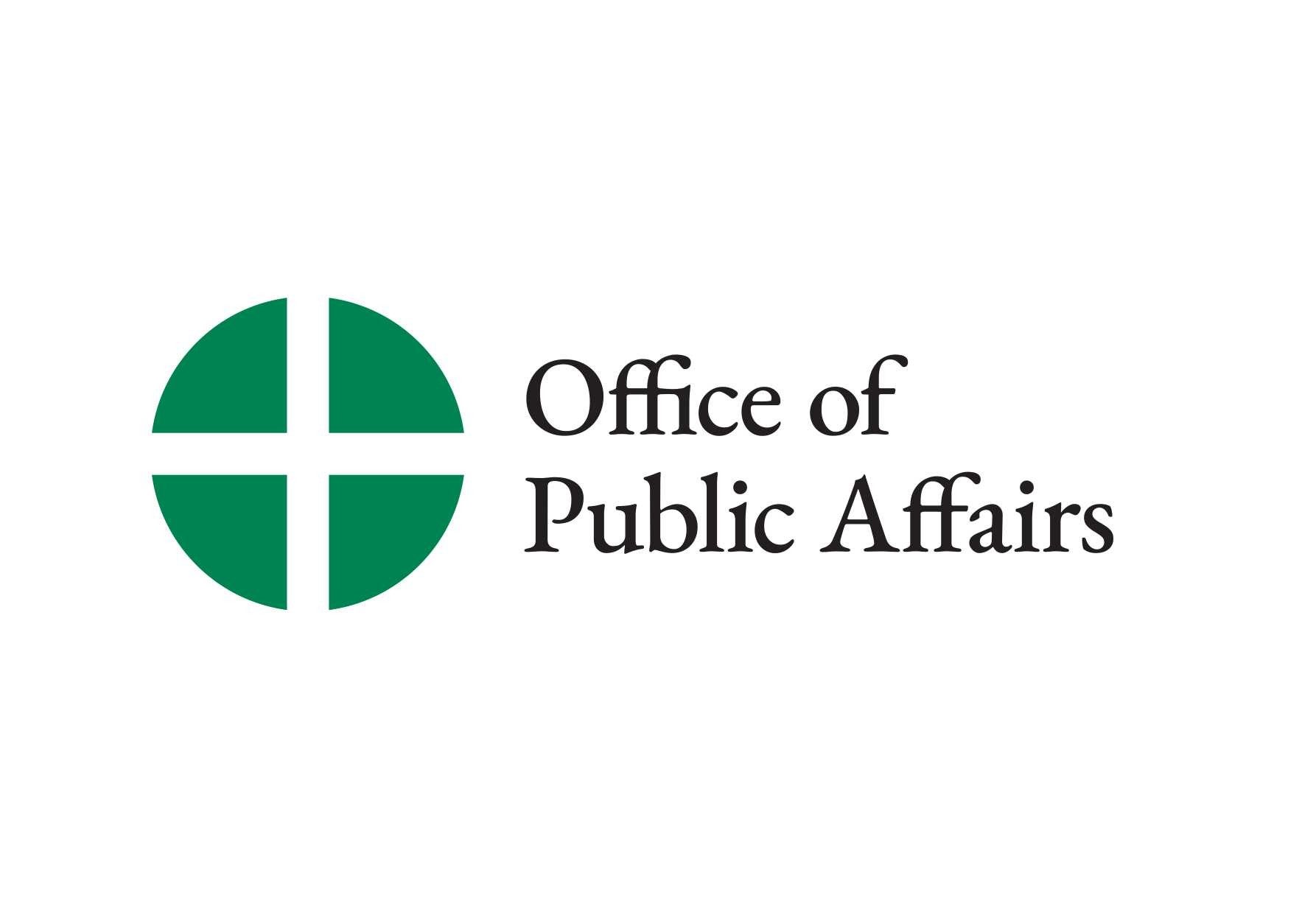Is change truly the only constant, even within the hallowed halls of the Vatican? Pope Francis's recent acceptance of Cardinal Daniel DiNardo's resignation and the subsequent appointment of Bishop Joe S. Vsquez as his successor in the Archdiocese of Galveston-Houston signals a pivotal moment, not just for the local faithful, but for the broader Catholic Church in the United States.
The announcement, made on January 20, 2025, marked a significant transition. Cardinal DiNardo, having led the Texas archdiocese since 2006, now steps aside, making way for a new chapter under the leadership of Bishop Vsquez. This succession is not merely a change in personnel; it represents a shift in leadership, potentially influencing the direction and priorities of one of the largest Catholic communities in the nation. The news was initially publicized in Washington, D.C., by Cardinal Christophe Pierre, the Apostolic Nuncio to the United States, adding another layer of significance to the event. The transition also comes as the Church navigates evolving societal landscapes and internal challenges, placing this change within a broader context of continuity and adaptation.
| Full Name | Joe S. Vsquez |
| Date of Birth | October 9, 1956 |
| Place of Birth | Fort Worth, Texas, USA |
| Education |
|
| Ordination | 1982 (as a priest for the Diocese of Fort Worth) |
| Episcopal Ordination | March 26, 2010 (as Auxiliary Bishop of the Archdiocese of Galveston-Houston) |
| Appointment as Bishop of Austin | January 25, 2014 |
| Appointment as Successor to Cardinal DiNardo | January 20, 2025 (Pope Francis) |
| Positions Held |
|
| Key Initiatives/Areas of Focus |
|
| Link to Official Website (for reference) | Diocese of Austin Official Website |
Bishop Vsquez, a native of Fort Worth, Texas, brings a wealth of experience to his new role. His journey within the Church has been marked by dedication and service. Prior to his appointment in Galveston-Houston, he served as the head of the Austin diocese, where he focused on evangelization, youth ministry, and social justice issues, including advocating for immigration reform. His background provides a valuable perspective, promising a dynamic leadership style that could resonate deeply within the Texas archdiocese.
Cardinal DiNardos tenure, which began in 2006, has been marked by significant challenges and triumphs. He was elevated to the College of Cardinals a year after assuming his position, a testament to his influence and standing within the Church. His time as head of the archdiocese saw him shepherd over 1.2 million Catholics across ten counties in the Houston area. He worked alongside the then-Auxiliary Bishop Sheltz. Bishop Sheltz is only the seventh auxiliary bishop to be ordained in the oldest and largest diocese in Texas, a role that speaks volumes about the archdioceses history and importance.
The dynamics of leadership transitions within the Catholic Church are governed by canon law. Cardinal DiNardo, having reached the age of 75 on May 23, 2024, was required by canon law to submit his resignation to the Pope. This process, a standard practice, allows for a smooth transfer of power and ensures the Church remains responsive to its faithful. The former president of the U.S. Conference of Catholic Bishops (USCCB), Cardinal DiNardos experience and insight in the Catholic Church is notable.
The Vatican's announcement on July 28, 2018, which involved the acceptance of Archbishop Theodore McCarrick's resignation from the College of Cardinals, and his suspension from all priestly functions, further demonstrates the Church's commitment to addressing difficult issues, and maintaining its integrity. This event underscored the Church's ongoing efforts to navigate complex ethical and moral landscapes. The circumstances surrounding the resignation are well documented, but also stand as a reminder that the Church is constantly evolving, and that the roles of its leaders are under constant scrutiny.
The appointment of Bishop Vsquez as the new leader in the Archdiocese of Galveston-Houston has set the stage for a new chapter. As he steps into this role, he'll face the responsibility of leading a large and diverse community of Catholic faithful. The significance of this leadership transition extends beyond the confines of Texas, impacting the wider U.S. Catholic Church, and offering a glimpse into the future direction of the Church within the modern world.
The timing of this change coincides with significant global events and the broader reflections of the Church itself. Pope Francis's acceptance of Cardinal DiNardo's resignation reflects the Church's continuous evolution. The new leadership of Bishop Vsquez in the Archdiocese of Galveston-Houston could bring new energies, ideas, and priorities. It is a testament to the resilience of the Church and its capacity to adapt and renew itself. The Catholic Church's response to global changes, and its capacity to embrace challenges, shows its strength and flexibility in the modern world.
The impact of this leadership change will be felt throughout the Archdiocese of Galveston-Houston and beyond. The coming years will be a crucial test for Bishop Vsquez. His success will be based on the ability to guide and inspire the faithful, address critical societal issues, and continue the important work of the Church. The eyes of the Church, from the Vatican to the local parishes, will be on him as he embarks on this significant mission. The future of the Texas archdiocese will be shaped by the choices and actions of this new era.

